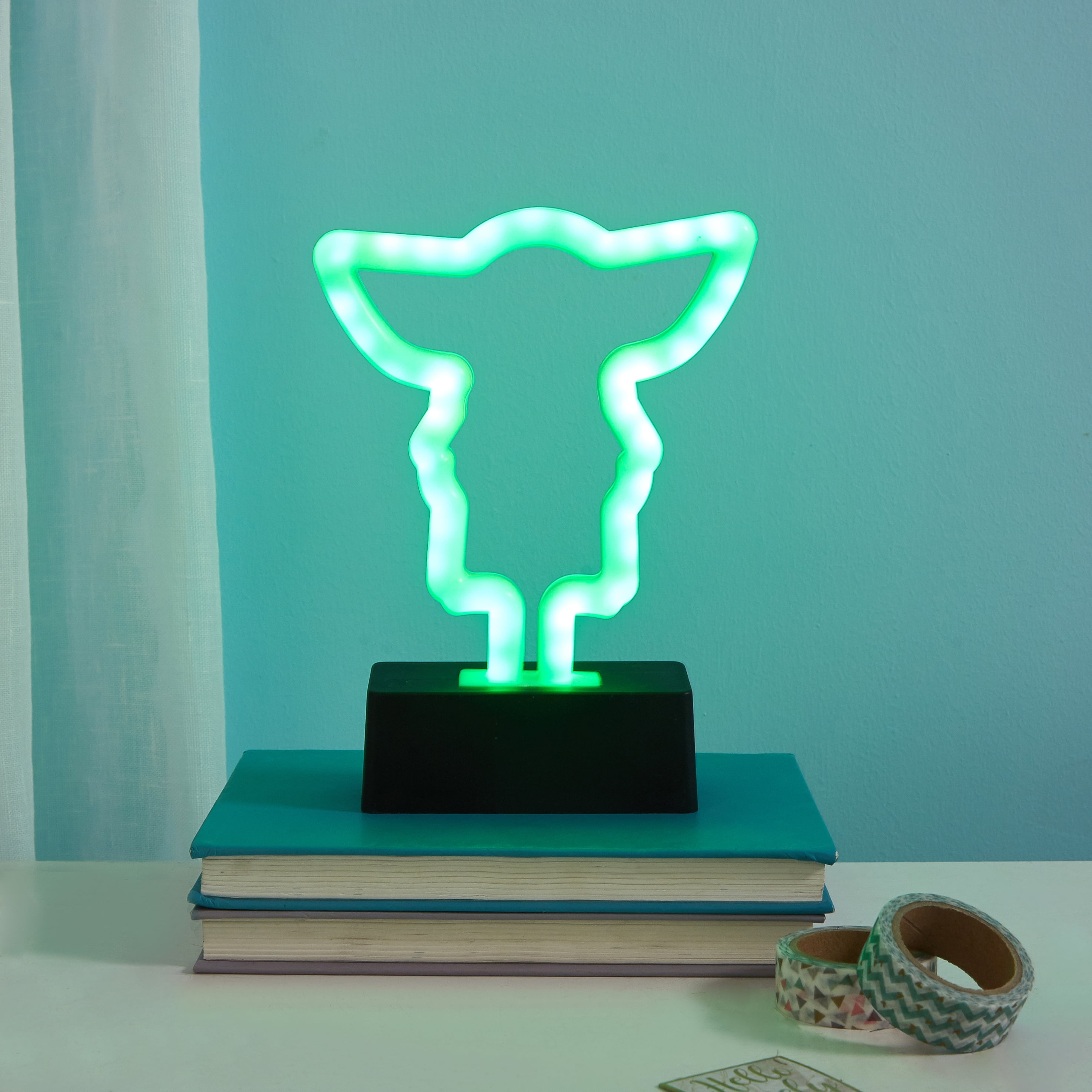


I have found very little difference between shooting midday in diffused indoor light and shooting at night with only the lights themselves for light. Be sure to leave space between your subject and the walls, so that you can zoom in or position your camera to see only the backdrop and not any edges.Ĭonsider the ambient lighting and adjust as needed. You can also experiment with pointing the lights slightly at an angle, rather than straight on at the tent. Now you are ready to start photographing! Place your subject carefully inside the tent, and start with it in the exact center. Moving your subject forward or backwards relative to the light can change the lighting and shadows. (If you roll your backdrops up on a cardboard tube after shooting, you should be able to keep them wrinkle-free for next time.) Consider keeping a lint roller or small blower handy for dealing with the inevitable dust and debris. If using a fabric backdrop, be sure to iron it for a completely smooth look.

You want to be sure that you backdrop is clean and free of debris and wrinkles. The backdrop is attached at the top inside the tent and should fall freely down into a gentle curve at the back and then across the bottom of the tent. Placing the tent up on a table makes it easier to see and maneuver, as well as easier to use your tripod for shooting. The standard set-up for light tent photography is to place the tent on some kind of table or end table, with the light sources directly opposite each other on each side and the tripod centered in front. If you build your own light tent, you will also need to purchase two posable light sources, light bulbs, and poster board or fabric for the backdrops. Unsure of which to choose? In a future article I will offer a head-to-head comparison of a popular light tent kit and a DIY tent. If you choose to purchase a light tent kit, it will usually come with one or more light tents, two light bulbs, two light stands, a tripod, and fabric backdrops in various colors. You can purchase a light tent as part of a kit or you can build your own DIY light tent. This allows for even, nearly shadow-less lighting against a simple, solid background. This article will cover the fundamentals of shooting with a light tent to help you capture bright, high quality product photographs every time.Ī light tent or light box is a contraption with translucent sides that diffuses light coming from multiple sources. The trick to getting these kinds of product shots easily and reliably is to use a light tent. Many crafters, cooks, and artists want to take high quality photographs of their own creations, whether to feature them in a blog post, offer them for sale online, or just share them with friends.


 0 kommentar(er)
0 kommentar(er)
